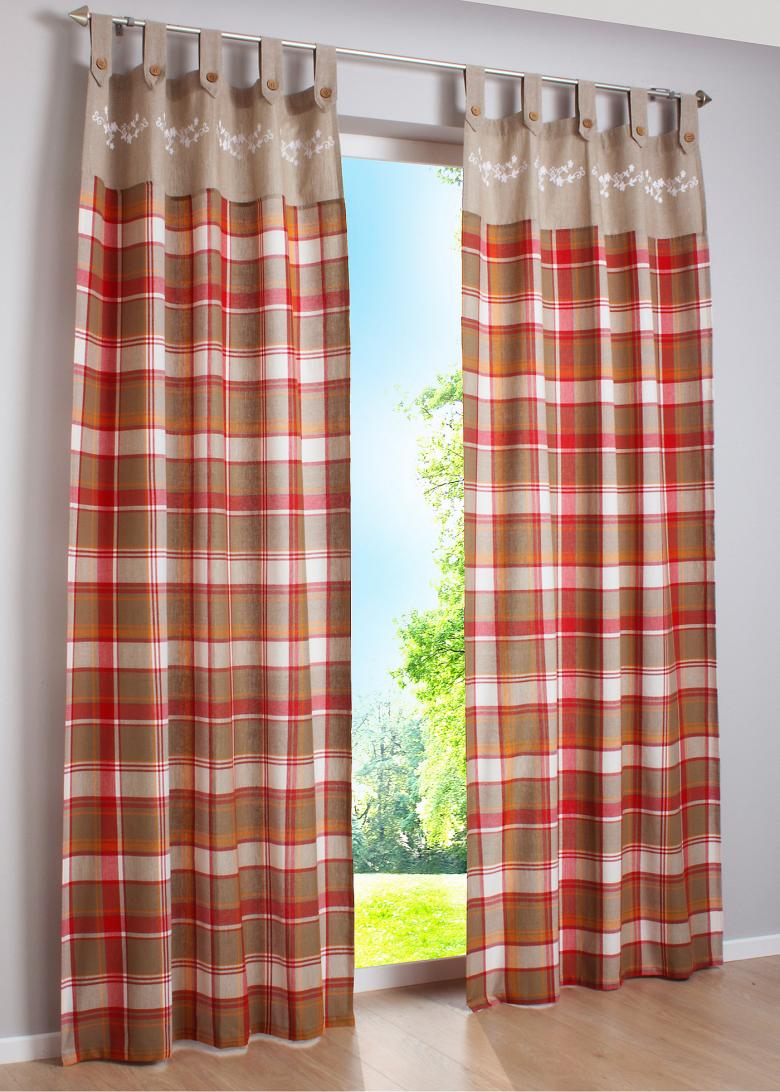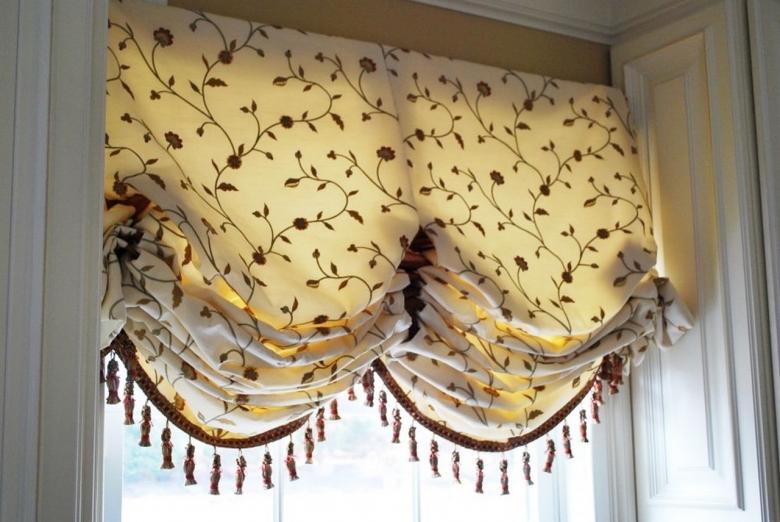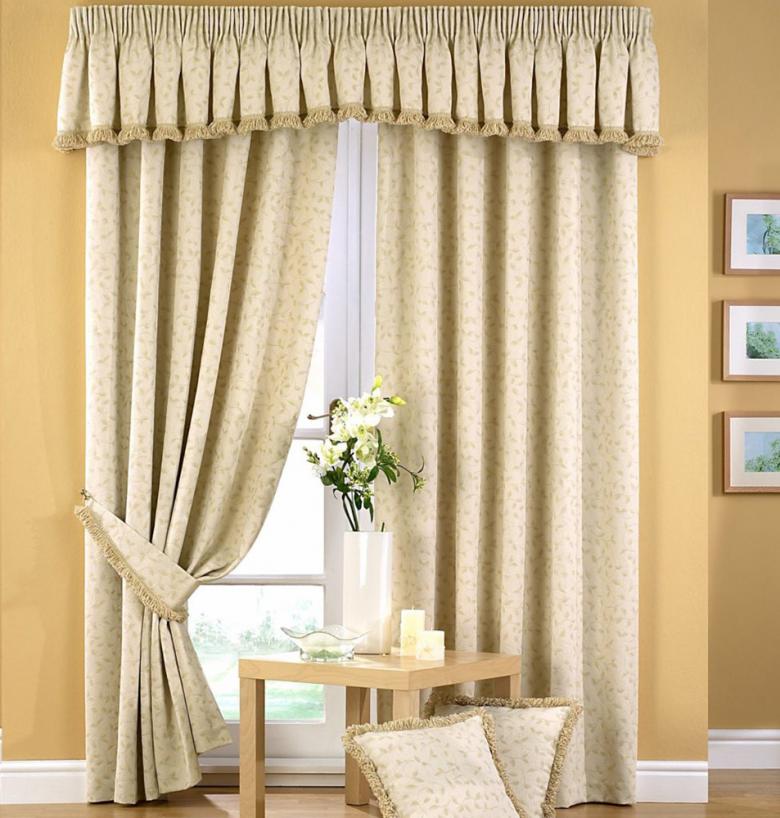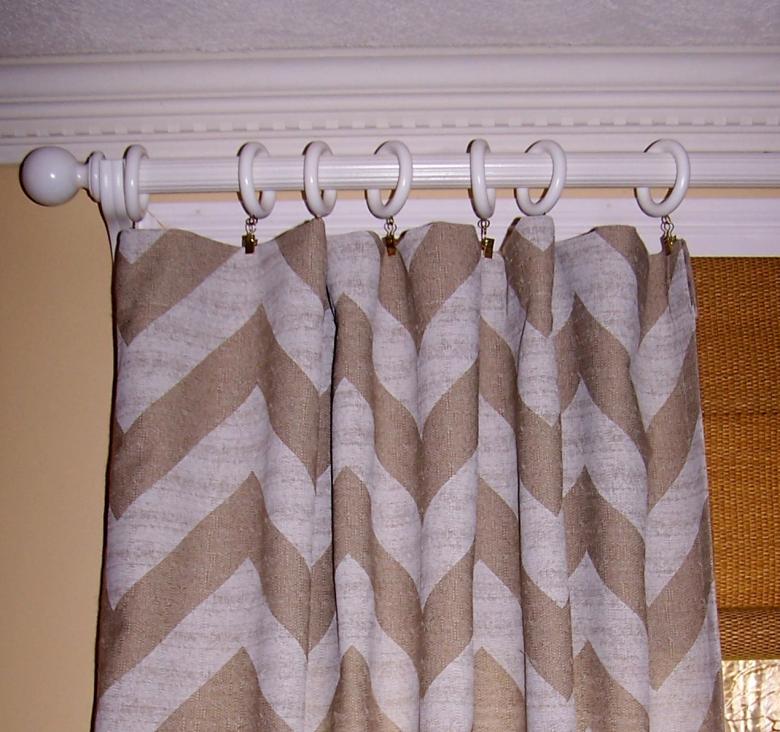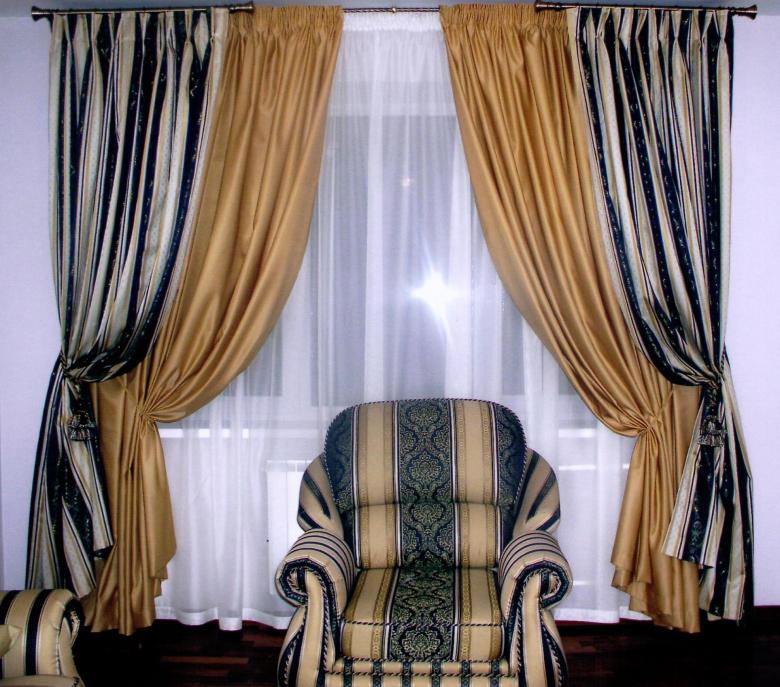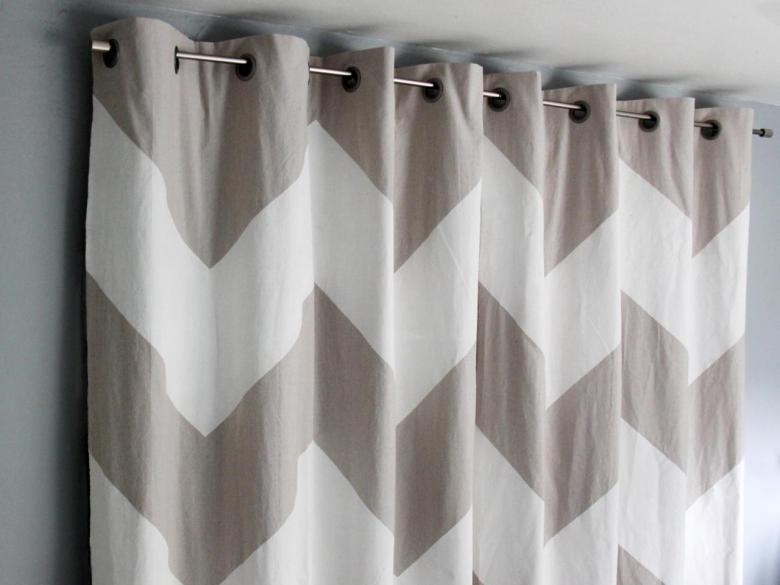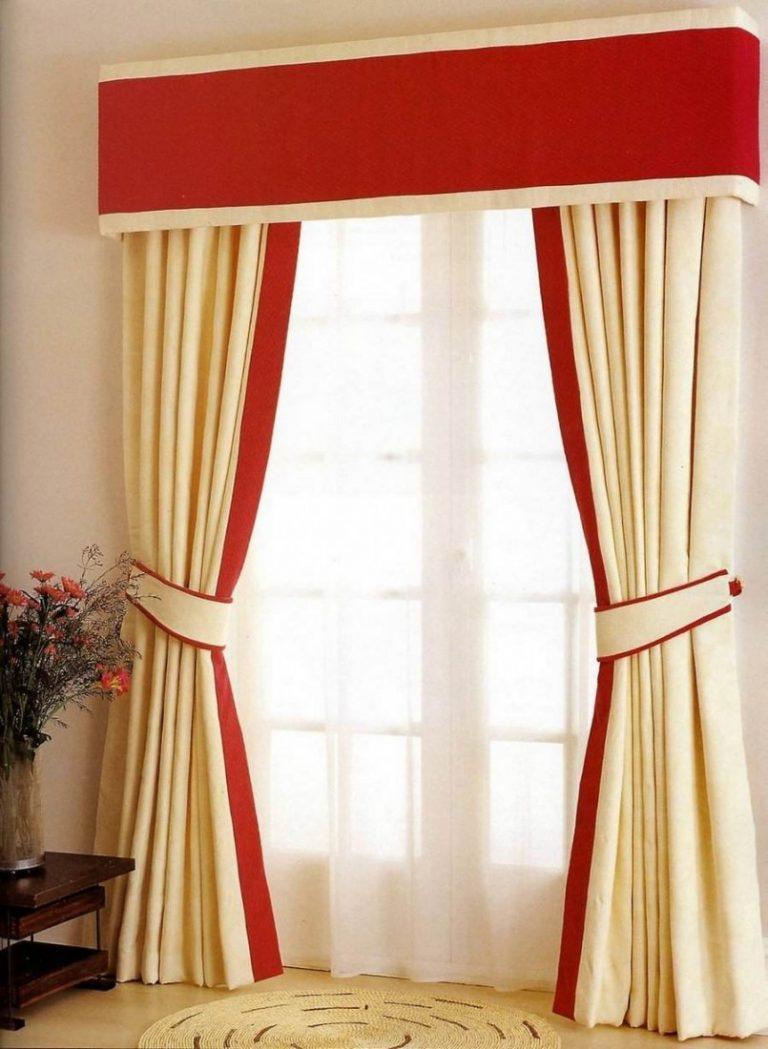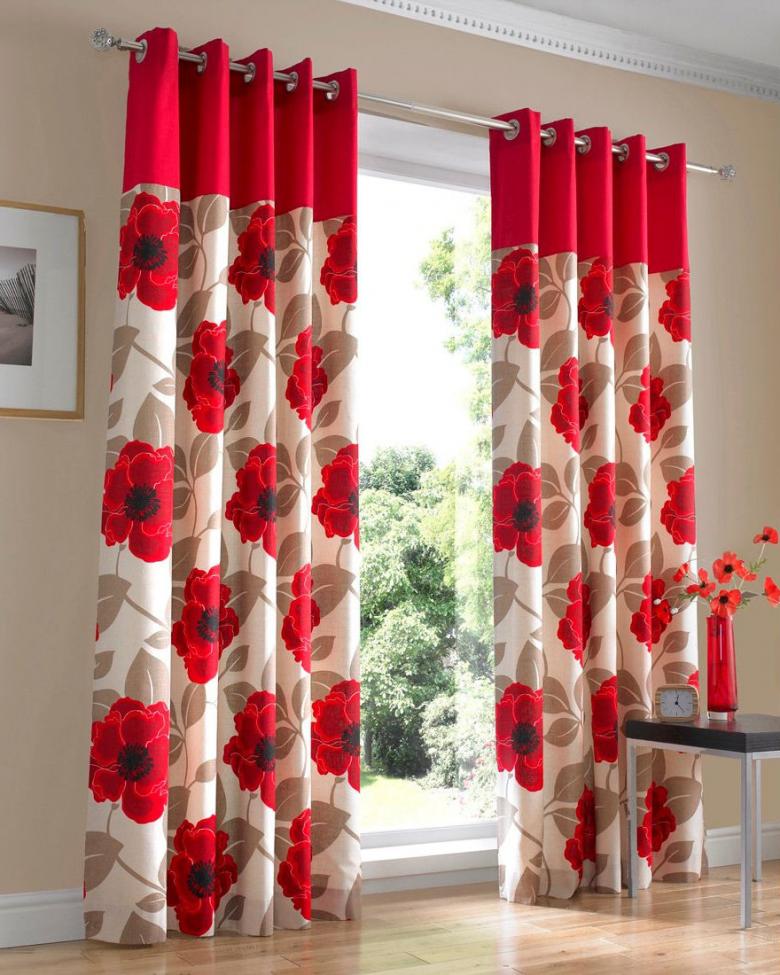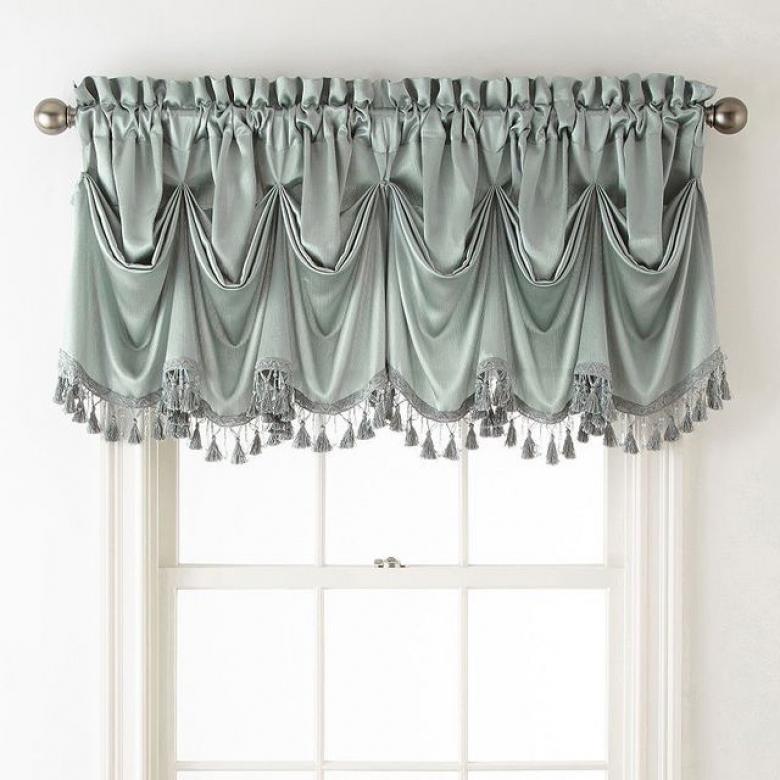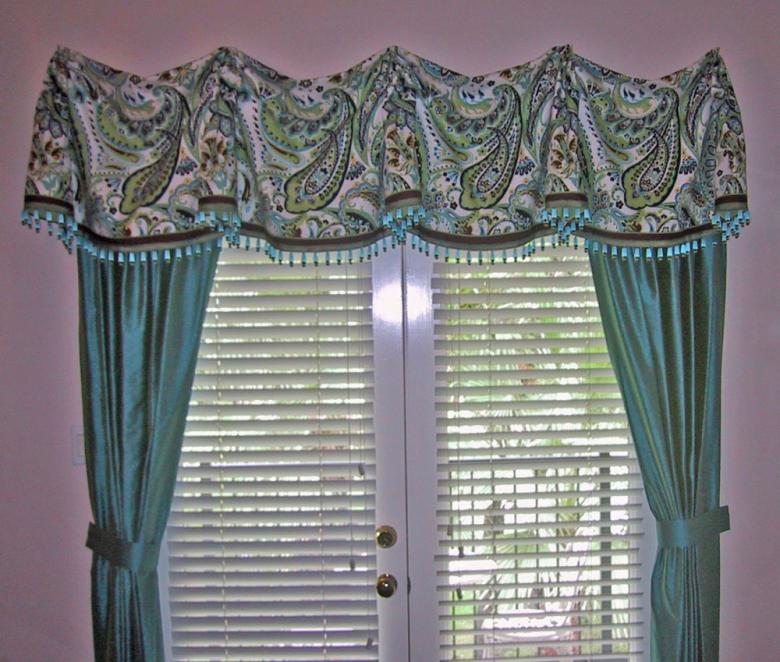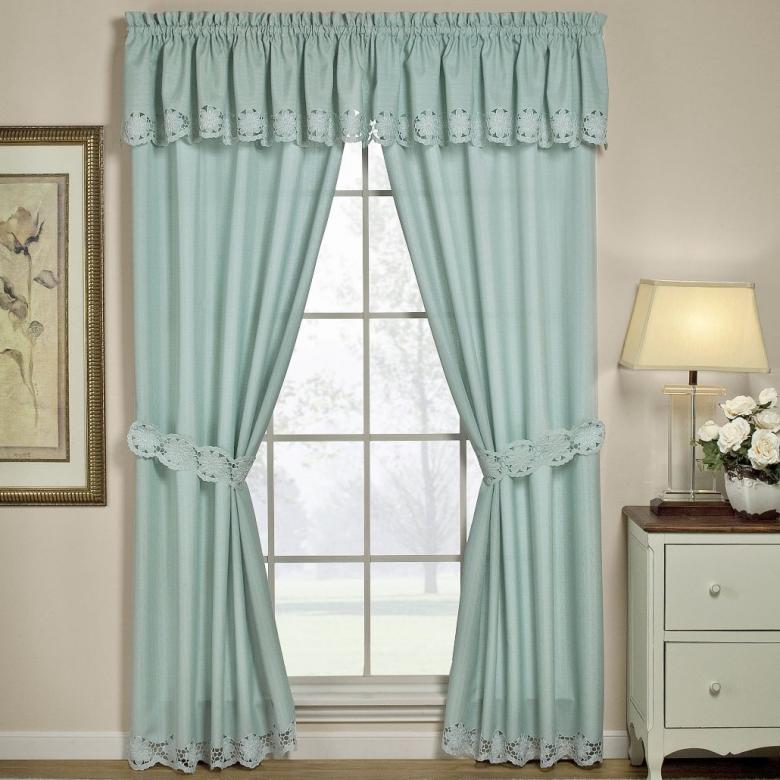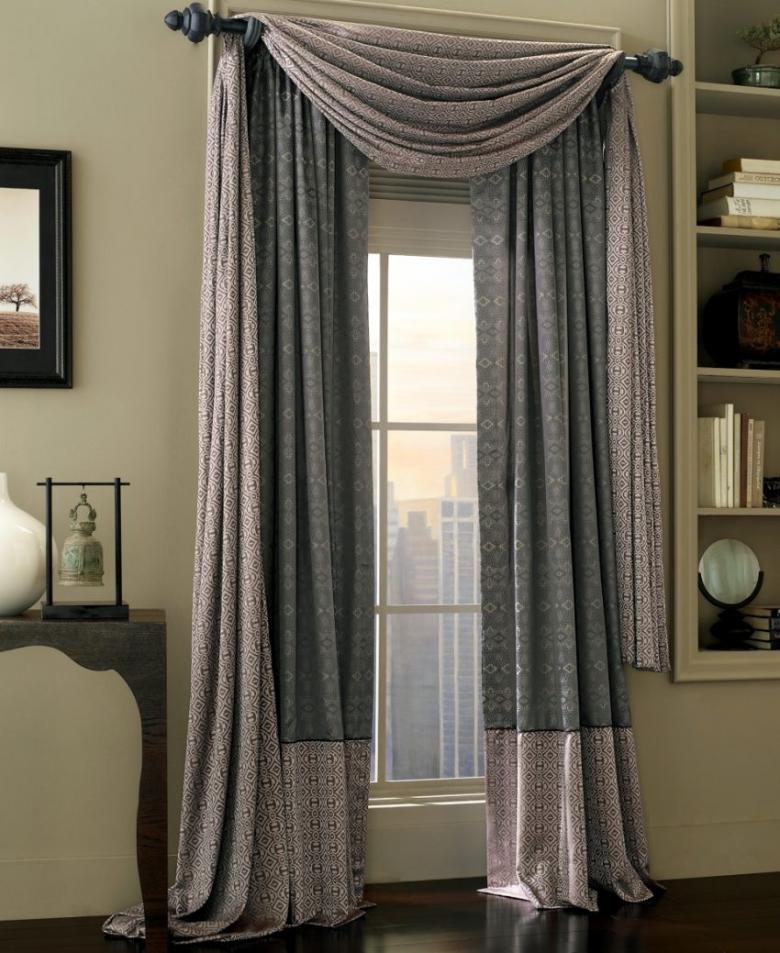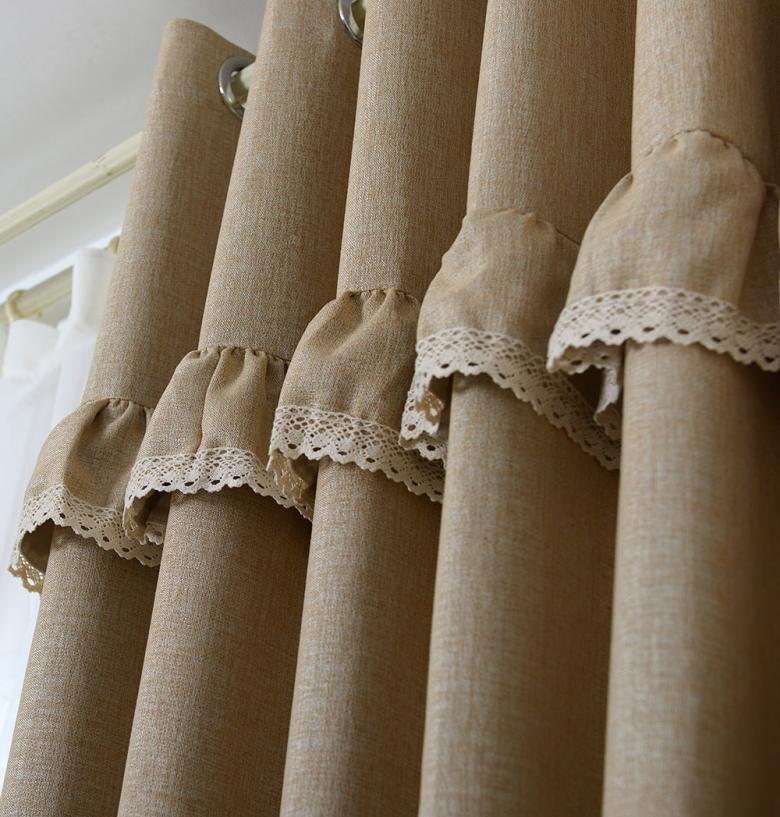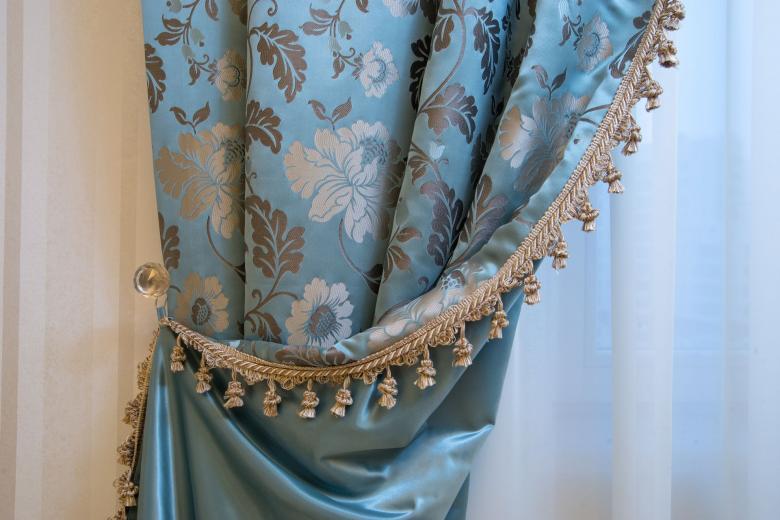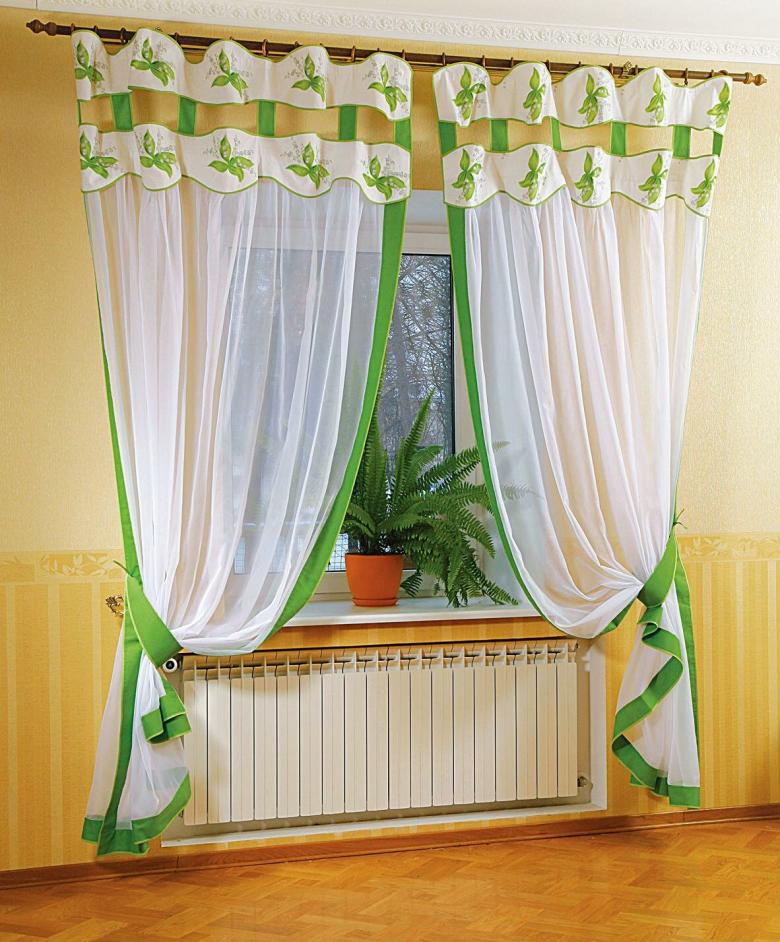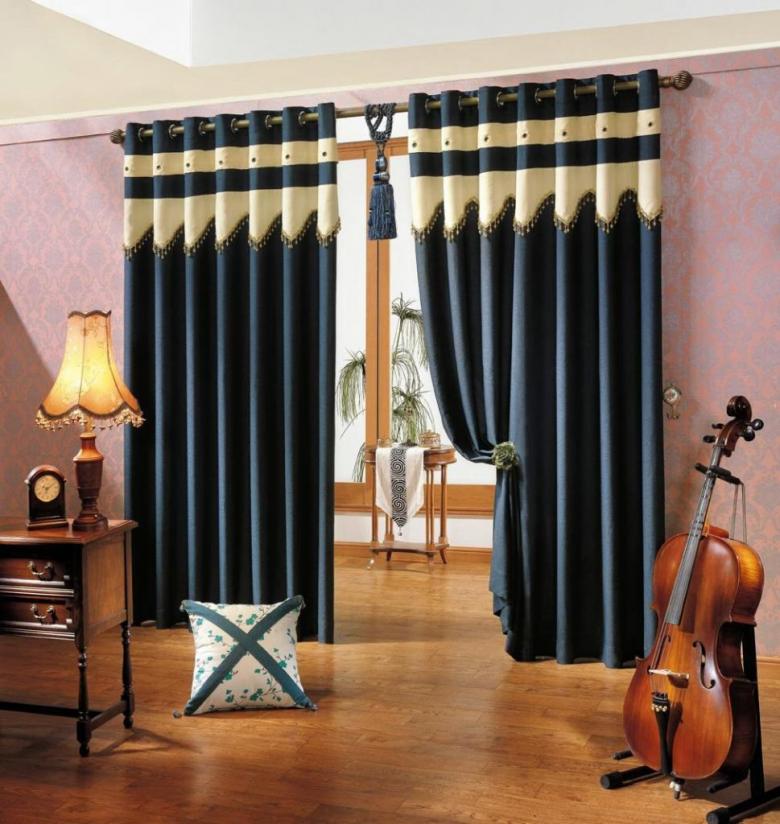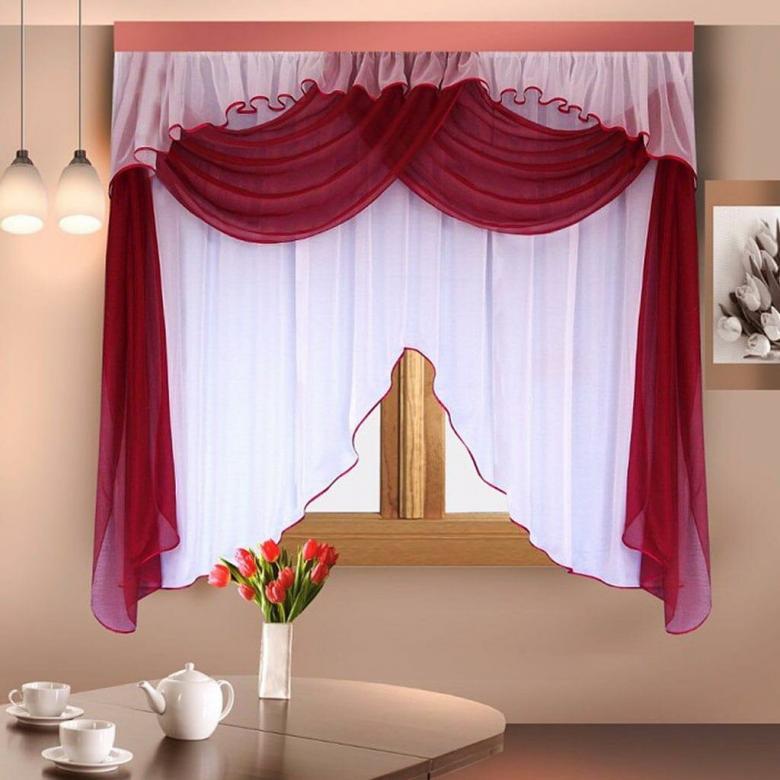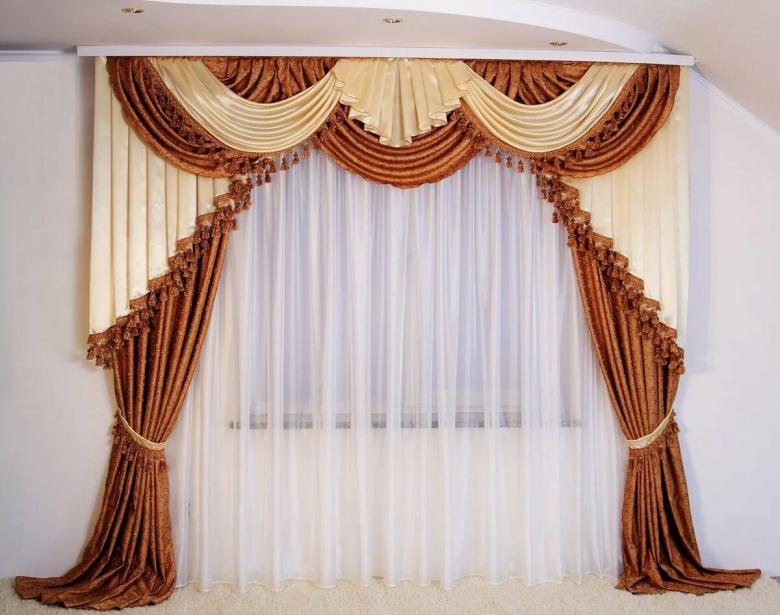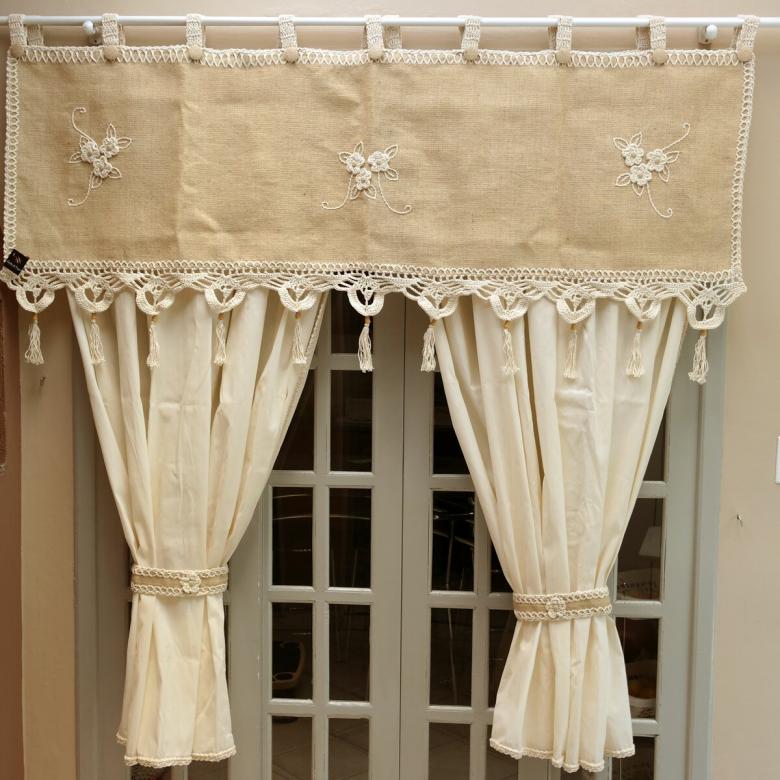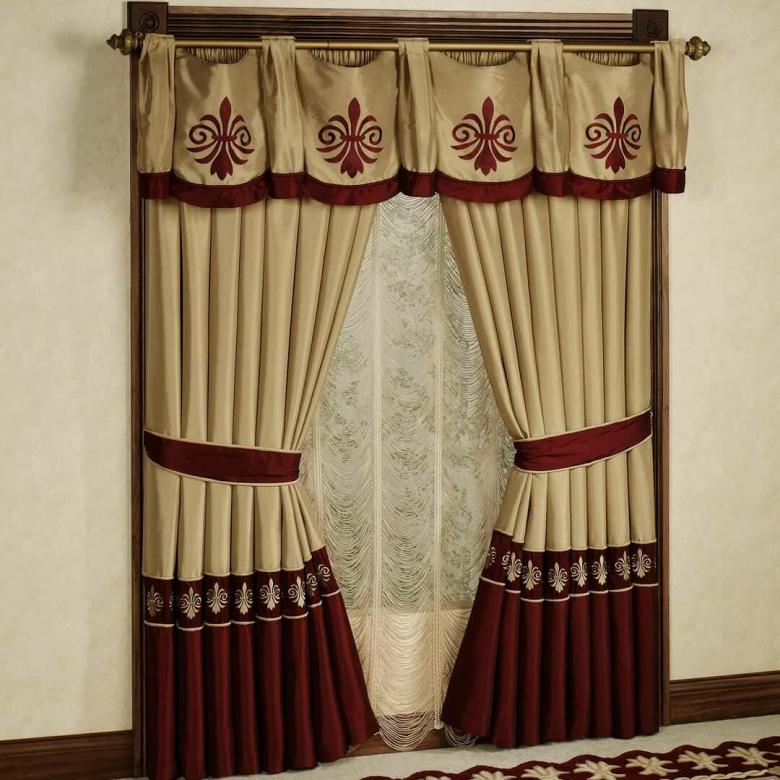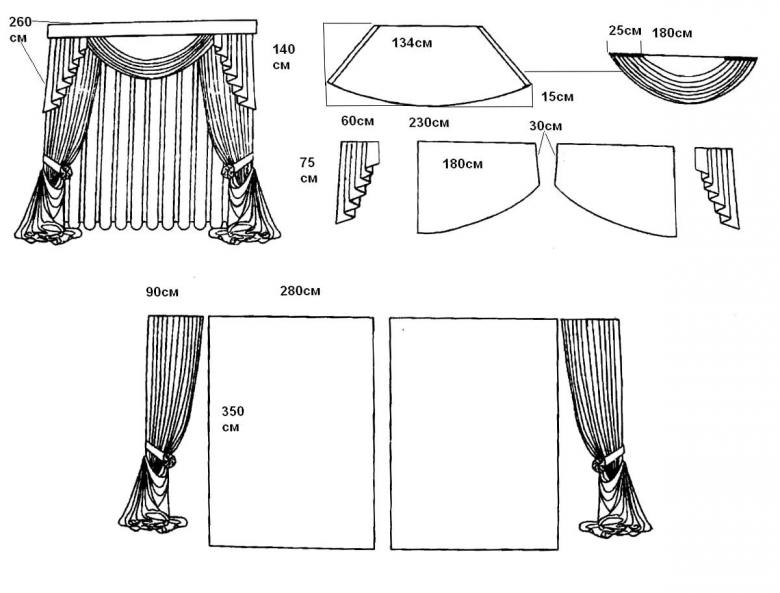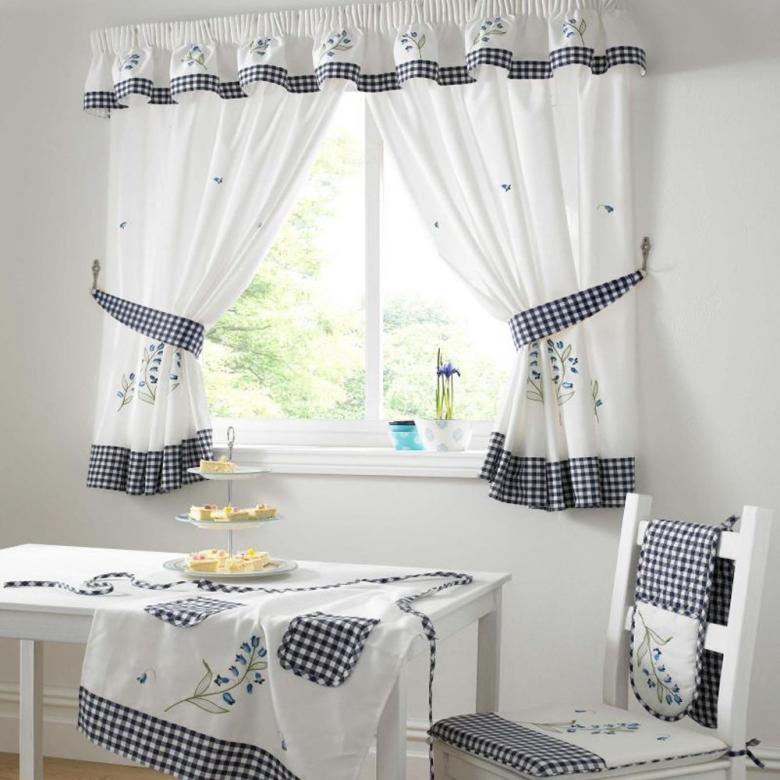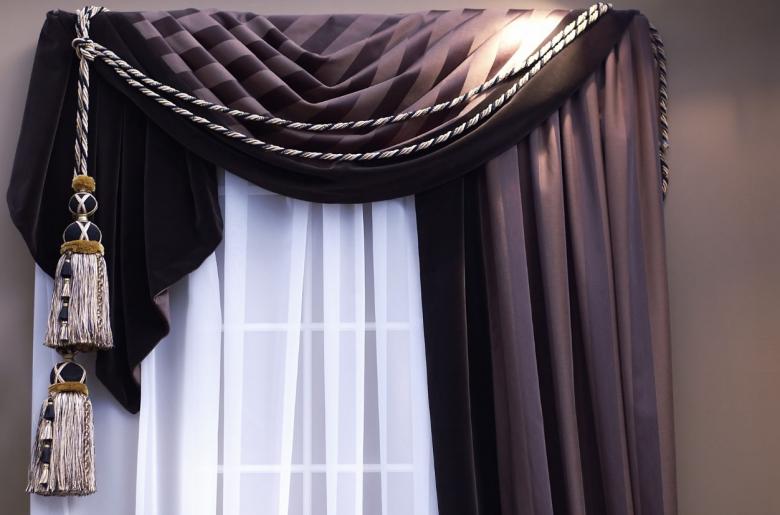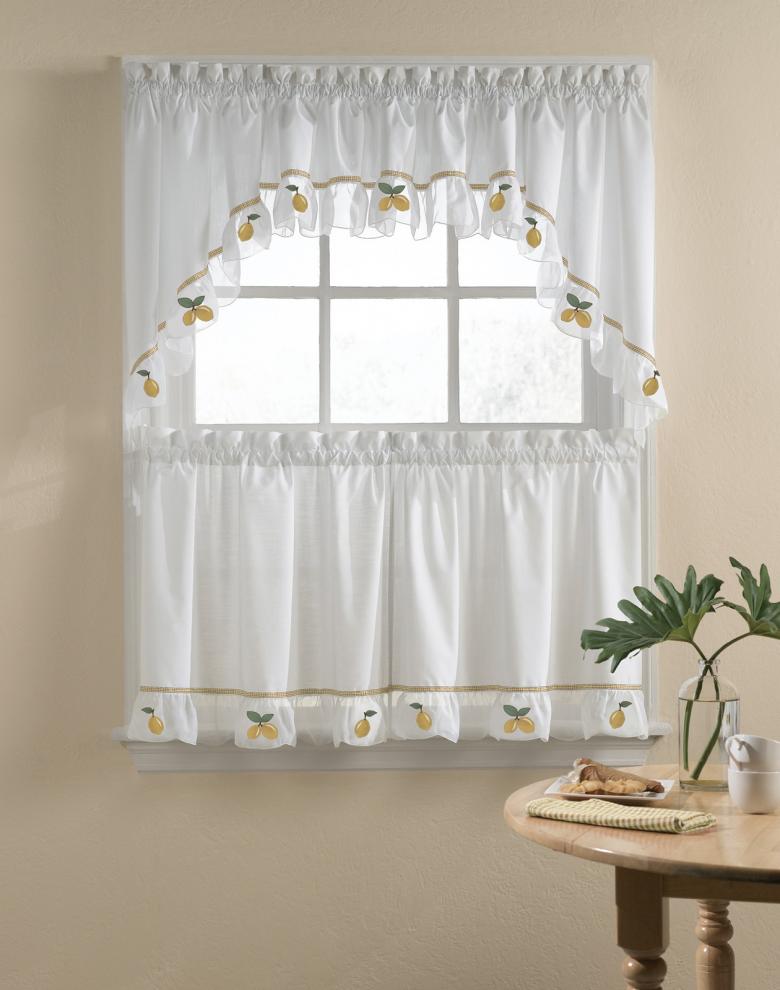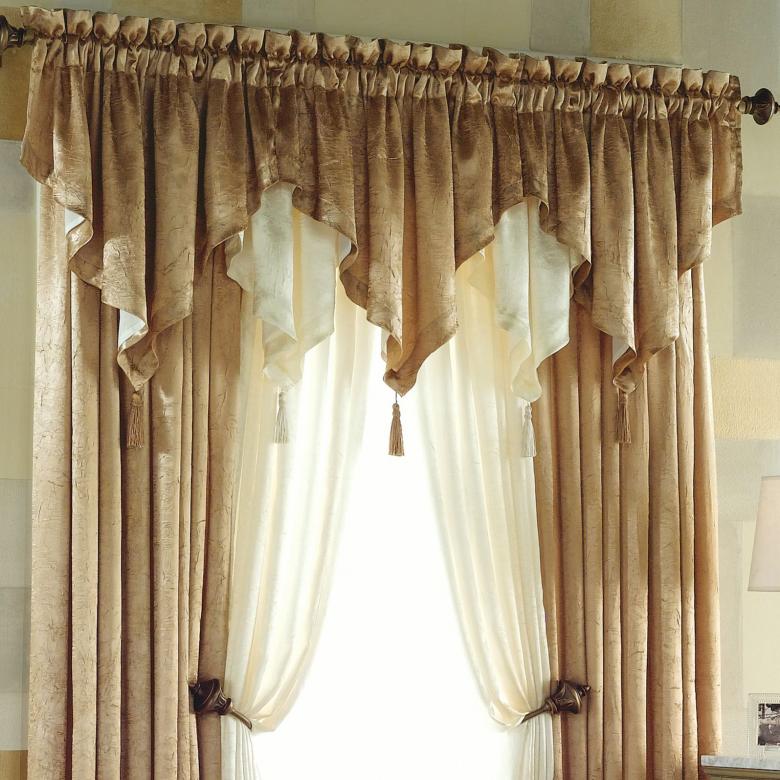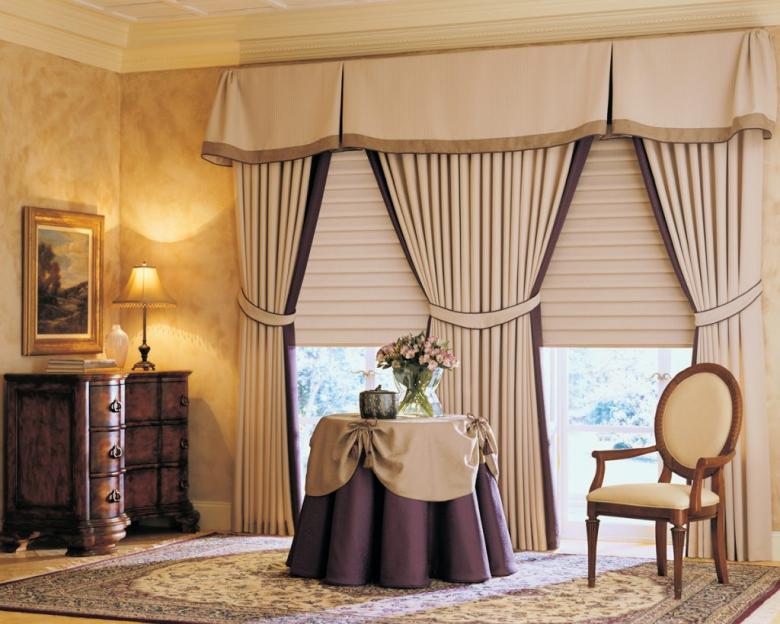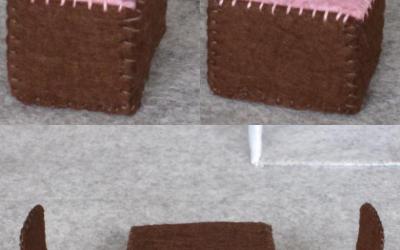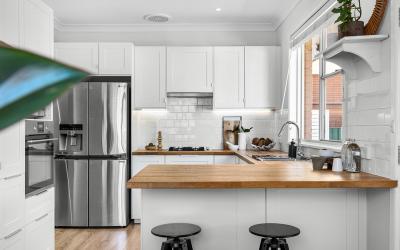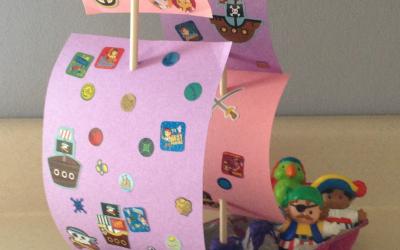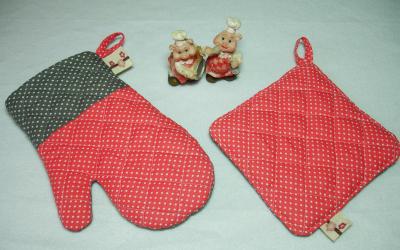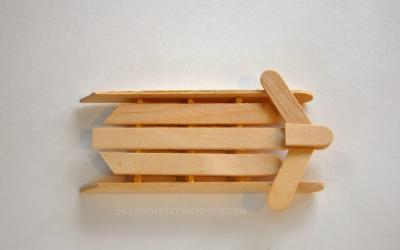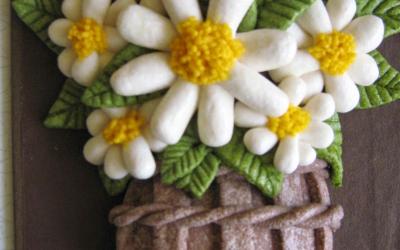How to sew stylish curtains with your own hands - step by step instructions for beginners with photo ideas
Home textiles are used to create a harmonious interior, giving the overall composition bright and stylish accents. For the home master will not be difficult to sew curtains or curtains themselves, but for this it is important to understand the technology of sewing and choose an interesting and original idea.

Beautiful curtains for the kitchen or for the nursery, living room and even bedroom will become a real decoration of the room and will perform a practical function. Such products are used not only as a decor of window openings, but also provide a dosed penetration of natural light into the room.
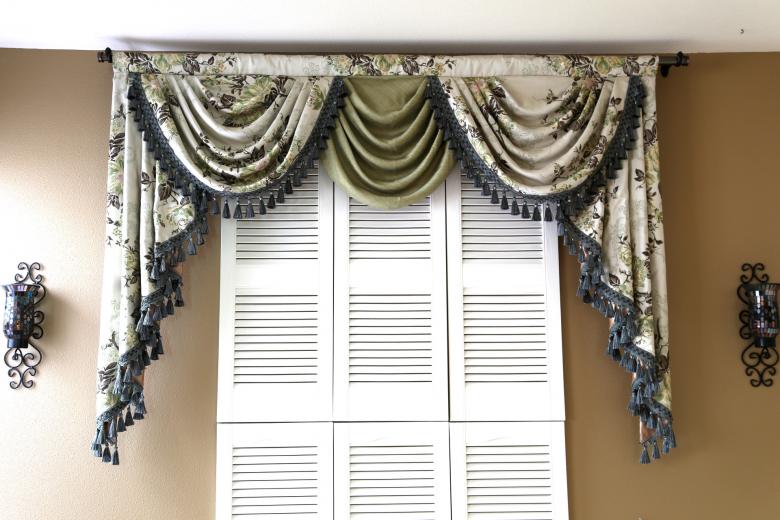
Types of curtains and their design features
Used in the interior curtains can be of different types and sizes, differ in design, length and type of material used. For a cottage or kitchen, you can sew small and simple curtains, but for the living room, decorated in a particular style, it is easy to pick up multi-layered structures.
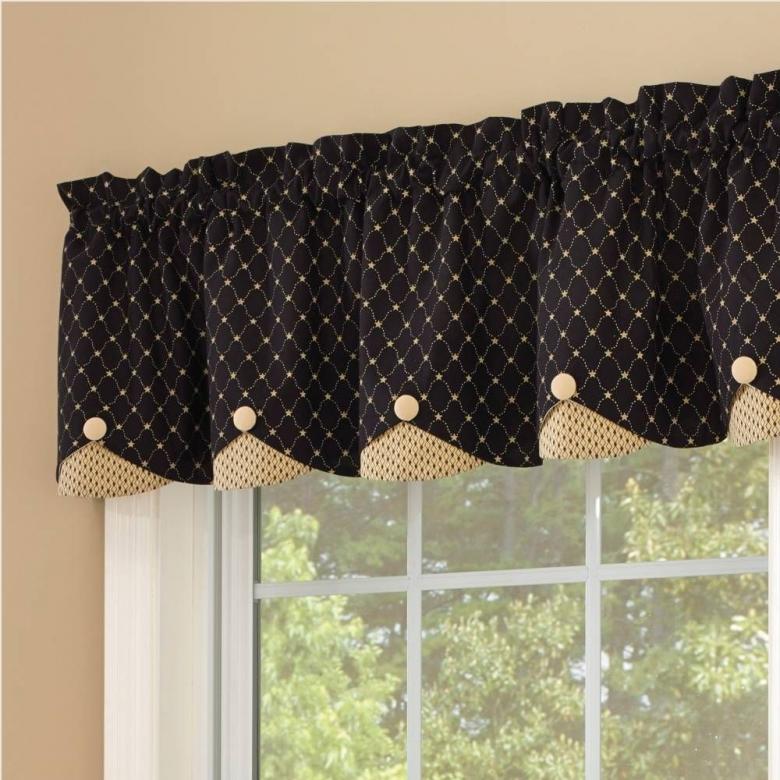
At the stage of preparation, choose interesting ideas, a combination of colors and shades, the texture of the material for sewing and, of course, the types of finished products:
- English, classic curtains in an understated style;
- blinds on blindfolds with simple fixing on the tube;
- Roman blinds with clamps and special fasteners
- lambrequins that cover part of the window and are complemented with tulle.

When choosing the type of curtains you must pay attention to the length of the product, which can be different and necessarily combined with the style of design of the room:
- long up to the window sill;
- height below the window sill;
- descending to the floor.
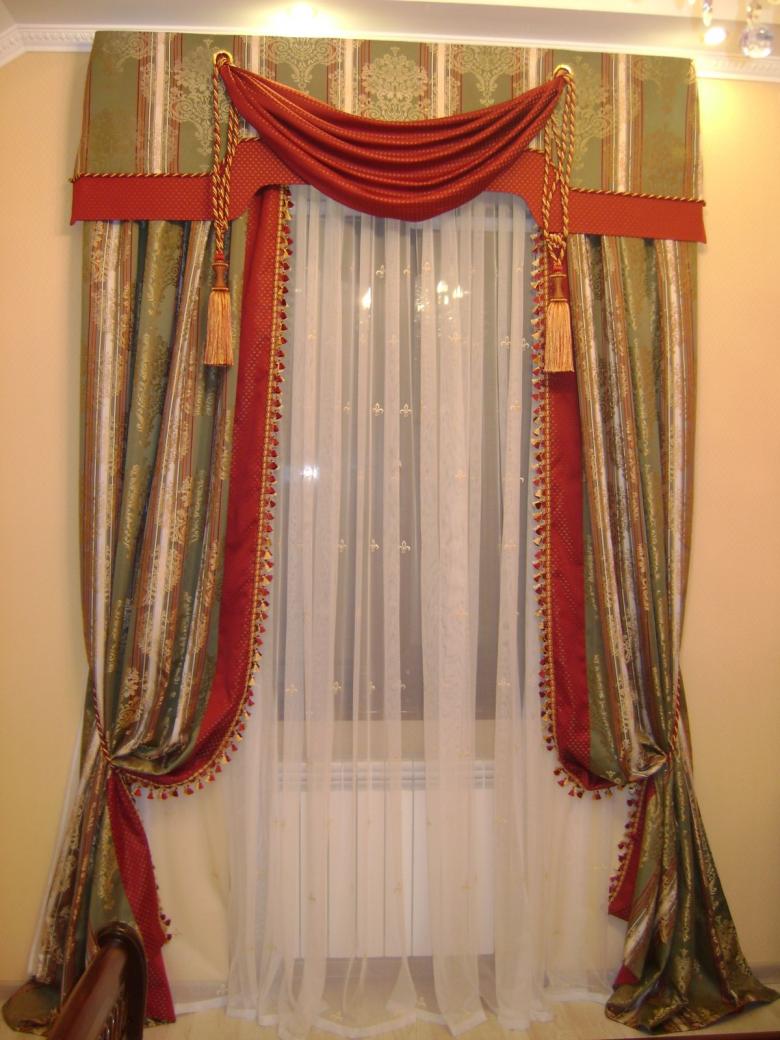
At the stage of preparation of the sketch it is necessary to think through the design of curtains and to provide for how many layers of material, to make the correct calculations. Curtains for windows can be straight or gathered in large folds, pulled together along the entire length, opening or assembled by means of fasteners.

To achieve the ideal appearance of the finished products without some practice is quite difficult, but with the correct reproduction of the instructions sewn curtains will surpass the performance of purchased models.

What materials are required for making curtains
Specialized stores offer a huge selection of materials that are suitable for the implementation of any idea. Fabrics and textiles differ in density and texture, colors and prints, complexity of processing, so after choosing an idea, the best material for its implementation is chosen.
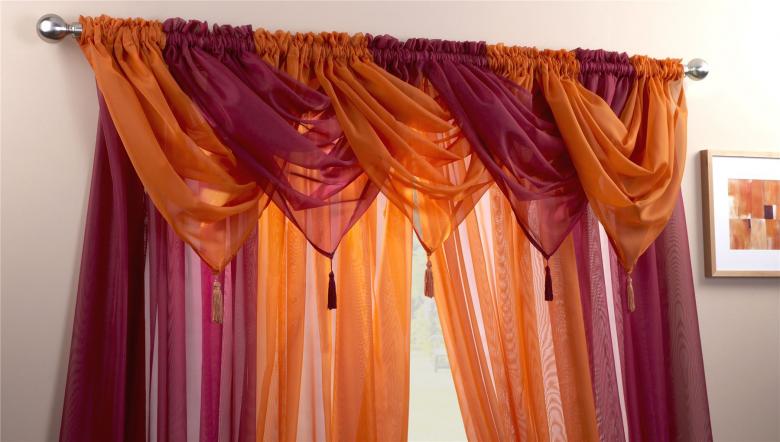
Dense and heavy fabrics look good in assembled form, from them it is easy to form folds and layered curtains. Most often these are drape textiles, dense silk and brocade, shimmering velvet and patterned tapestry, for lining satin and taffeta are used.
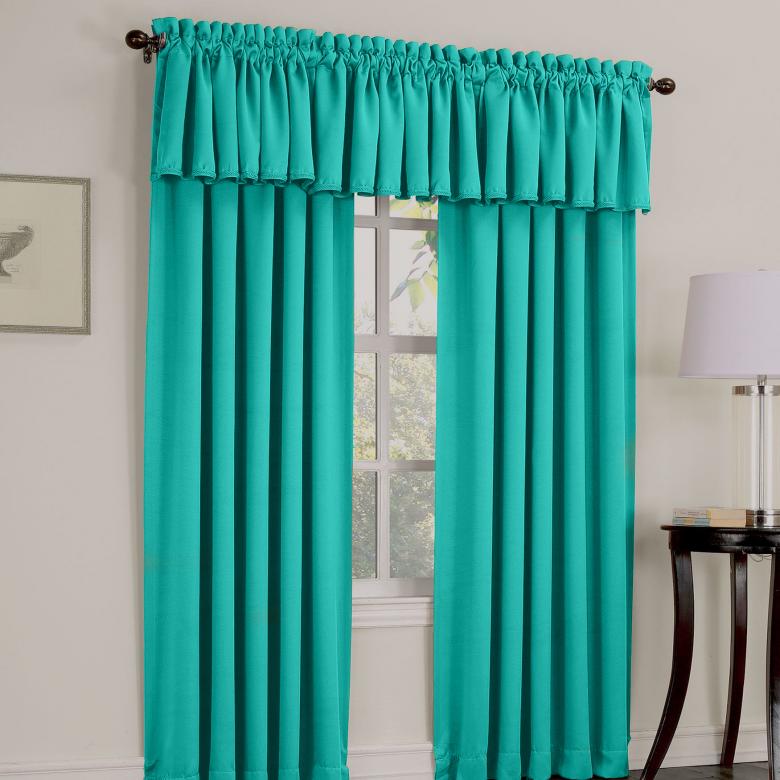
Light and airy fabrics such as organza or muslin are chosen for curtains and help diversify layered curtains. They are quite difficult to work with, while they let in maximum light, so such products are combined with drapes to create a harmonious composition when decorating window openings.
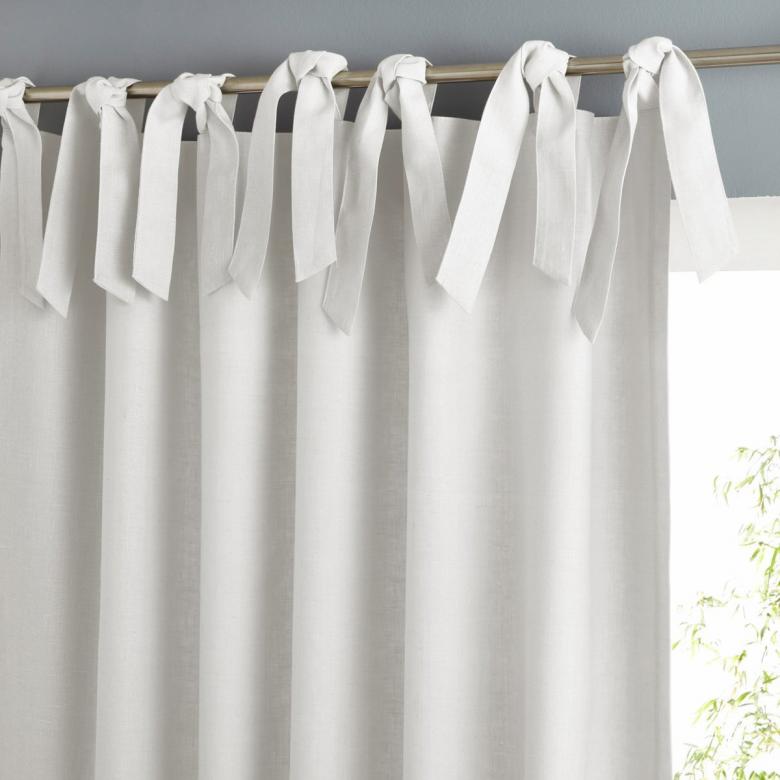
For the kitchen and children's room, cottage, you can choose materials such as cotton and satin, silk and natural linen. They are distinguished by their durability and a huge variety of thematic decor, images and ornaments, and it is easiest to work with these materials even for a beginner.
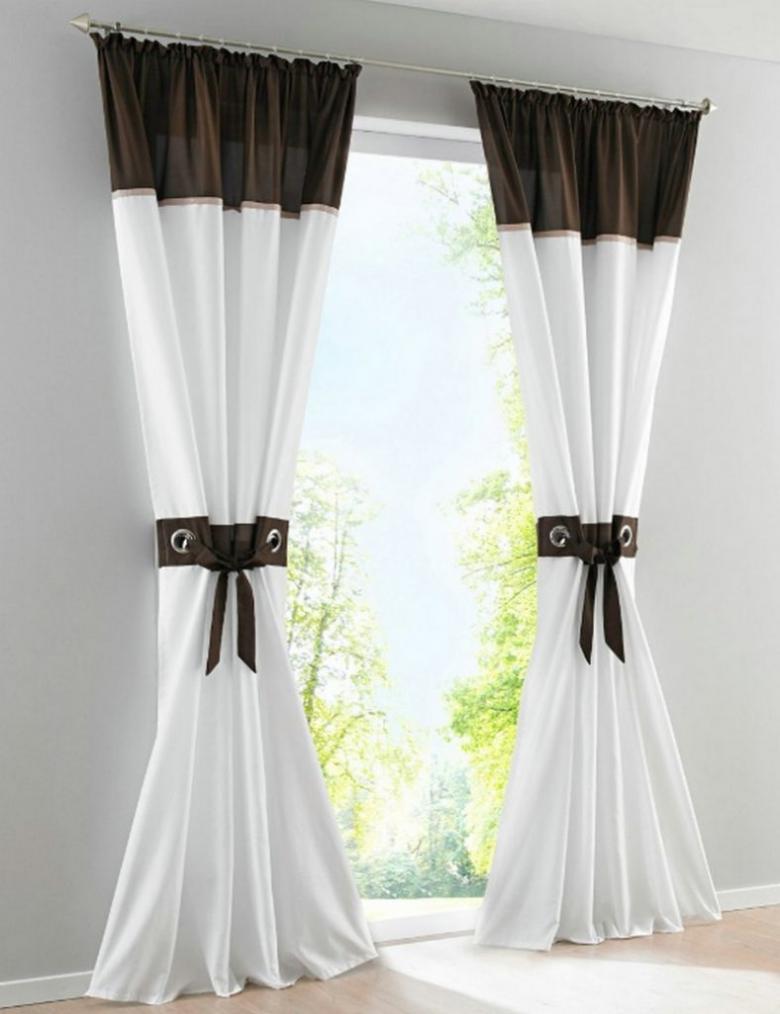
The choice of additional accessories for curtains
Technology how to sew curtains is not difficult, and after sewing will have to fasten them, so it is important to provide for additional elements in advance. Without them, it is impossible to create an aesthetic composition and give the finished product a complete appearance.
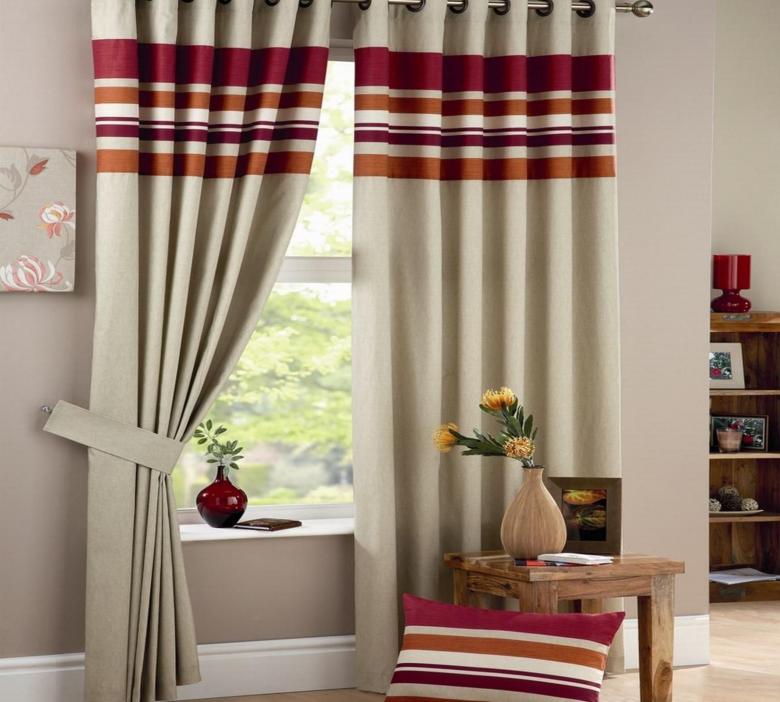
Curtain tracks and their types
Suspended or concealed constructions should fit perfectly into the interior solution of the room and by their design complement it. For curtains with garters will do and straight pipes, but for heavy portieres, it is better to install in advance designs with hooks and other fixing elements.

Tape for fixing
A special accessory sewn on the inside of a drape or curtain helps to gather them into small or large folds. Tight ribbon allows you to hang a single piece of product, lambrequin or cloth without the risk of damaging the material used for sewing.
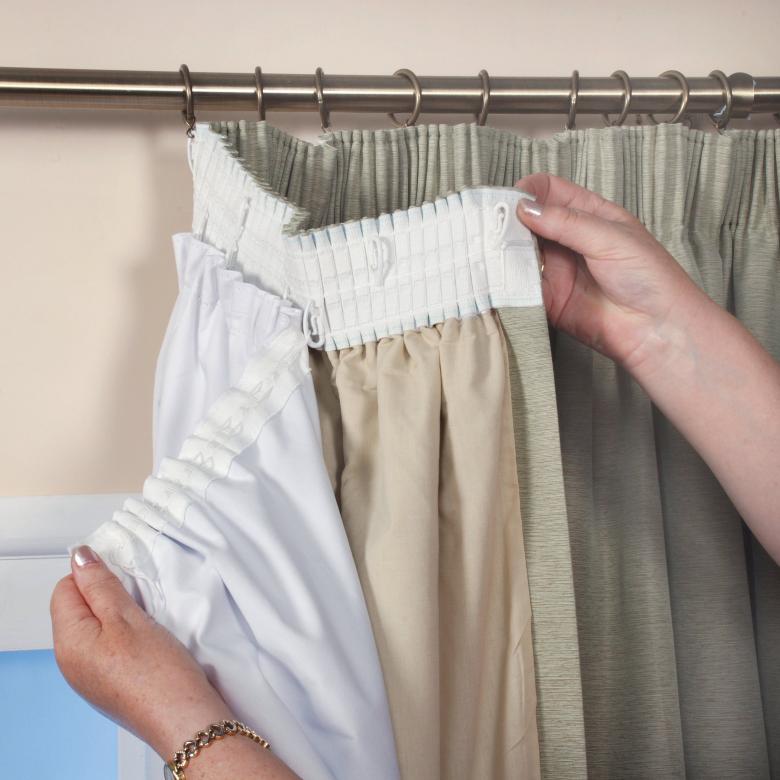
Holders and clips
Free-flowing curtains almost completely stop the flow of light entering the room. Cuffs and special clothespins, cords and garters are used so that the hostess does not have to install additional light sources and free access to the window sill.

The step-by-step procedure for sewing curtains with your own hands
Following the step-by-step procedure you can sew your own curtains for the hall or living room, getting an original and stylish product. It is best to choose a simple and uncomplicated sketch for the first creative experiment, trying your own forces in the clear reproduction of the instructions:
- selection of the idea and materials for the future work, preparation of additional accessories for the subsequent attachment of the finished curtains in the open state;
- Taking measurements and selecting the length of the curtains, at this stage you should also take into account the need to work the seams, so the material is bought with the calculation of the allowances;
- Cutting to size and preparing a sketch in advance, when placing all the elements, do not forget about the allowances and position them correctly;
- the processing of all the edges with a sewing machine, you can use the overlock feature or twist the edge twice in 0.5-1 cm for easy stitching;
- to the top of all the elements is sewn a special ribbon, with an indentation of 1-2 cm, the threads should be in tone with the fabric and not stand out against it;
- assembly of the finished design and hanging, before this the fabric must be steamed, avoiding overheating with an iron and other damages.
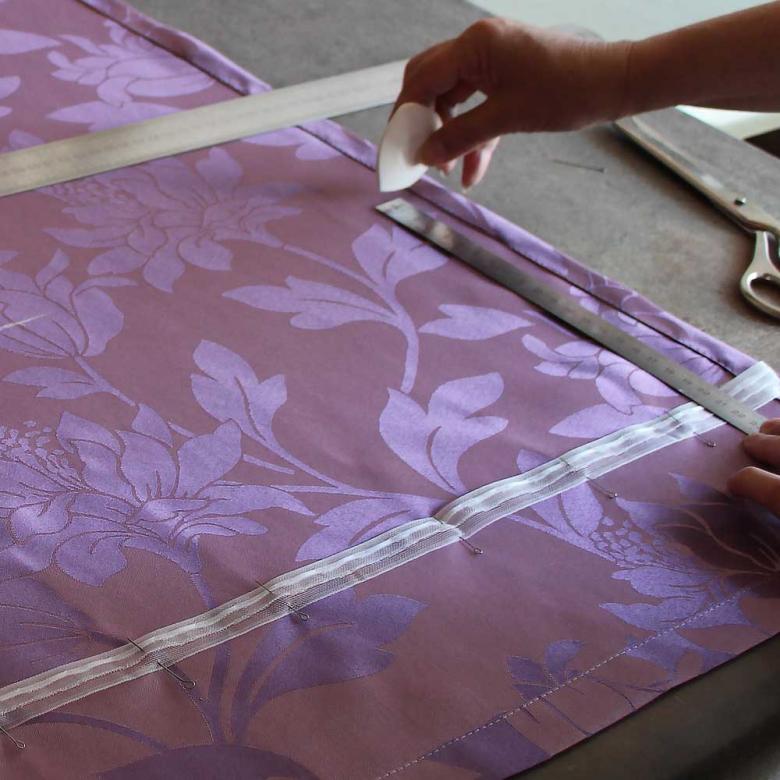
It is important to correctly calculate not only the width of the curtains, but also their length, so that they fit perfectly into the interior composition. After sewing one, simple model, you can complicate the task and take on a more complex task, to design and make layered products to decorate other rooms.
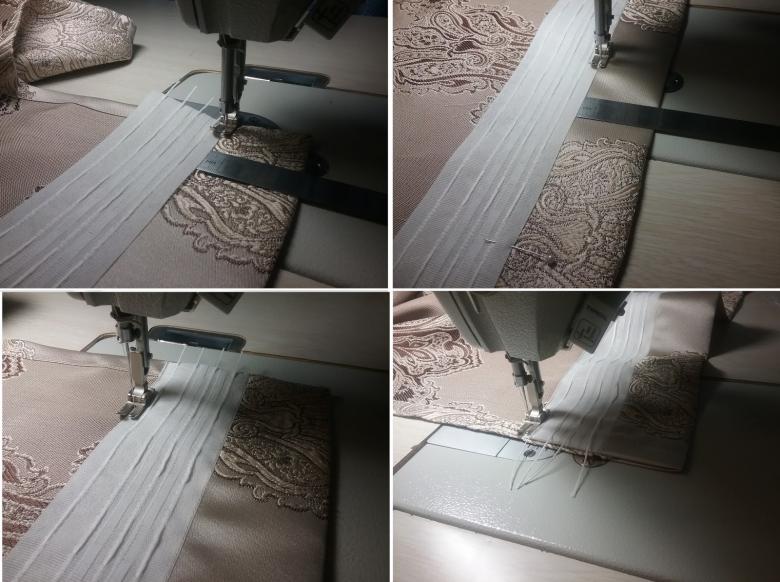
Stylish combined curtains from several types of materials look great in a classic living room or a room with baroque decoration. For modern and simpler interiors in a modern style, lighter and airy materials, natural fabrics and simple textiles are suitable. Choosing a specific design, you can sew yourself different components and elements, gathering the original design that will bring comfort to the house.


